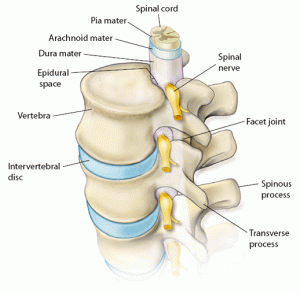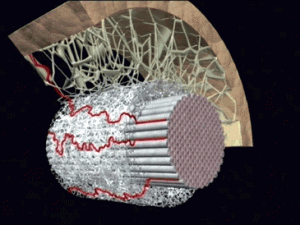Enliven Your Spine, Part 1
/When you think about your spine, it’s likely your awareness goes to your back. Perhaps you visualize the bumpy projections of the vertebrae you feel if you lie down on a hard surface. But your spine has a front surface too. It’s composed of the bodies of your vertebrae. These are round and thick, each one cushioned above and below by discs. Your spine has depth–the front surfaces of the vertebral bodies project 1/4 to 1/3 of the way forward into your trunk (2/3 of the way inside your body from the front surface). Located just behind your vital organs, the front of your spine can be an emotionally vulnerable area…
Read More







